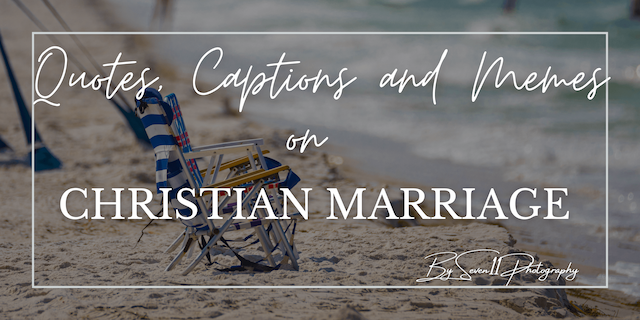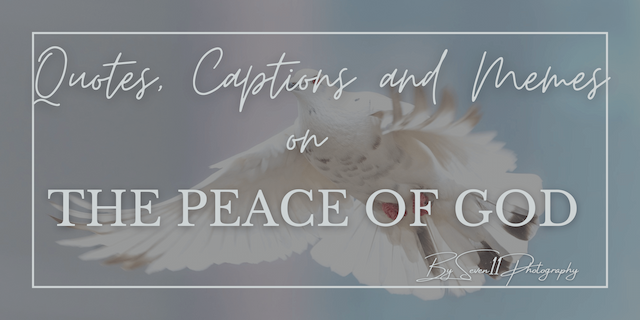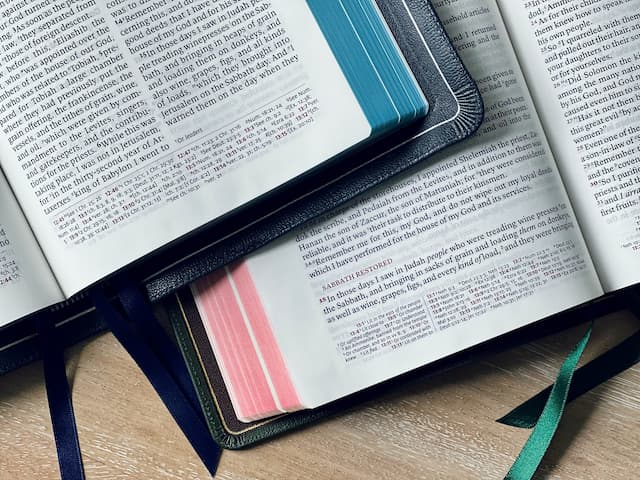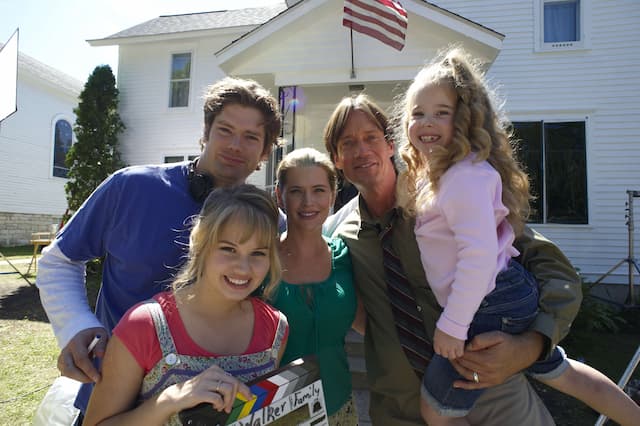What is RAW Format? Best Image Formats for Outstanding Photography - Inspiration Photography and Christian Devotions

At some point, every photographer is going to ask what is RAW format or what are RAW photos? File formats are not a one size fits all for photographers. There is a reason there are so many options available, they all have their benefits and disadvantages. How you plan to use your images will determine which is the best file format for you. However, navigating this giant world of digital formatting is a bit overwhelming, and understandably so! Most photographers go with what they know (e.g., JPEG, RAW photo), how their camera is set up when received, or take the advice of other professionals but have no idea why.
Depending on what you plan to do with your photos, the format you shoot in could be a vital setting that determines a session’s success or failure. Seven11 has dedicated itself to uncovering these photography secrets to help shine light on the unknown and assist you in creating the same image you envision. We will touch on the benefits and downsides of top image file types along with some tips and tricks regarding when to use which one!
JPEG (JPG)
JPEG or, Joint Photography Expert Group, is by far the industry standard. In fact, before you were a photographer, I bet you had heard of JPEG files. These are lossy compression files, which means they save a ton of storage space and can be compressed into much smaller files and retain quality (if not compressed too much). This makes them perfect for sharing, storing, and using on web pages and social media. However, it’s not all good news for the JPEG file.
JPEGs can look great right out of your camera since they provide white balancing and saturation instantly; however, they do not retain all the image detail captured by the camera’s sensor. This means that editing is extremely limited and can drastically affect the quality of the final image. Also, the biggest benefit of compression is also its greatest enemy. Fine details and sharpness can be lost when compressed and this is often most noticeable in images with letters and wording. Many times, these can become unreadable.
Advantages
- Small file sizes make then quick in transfers, uploads, and perfect for web pages/social media.
- Universal format accepted on nearly every format.
- The required format for many sources including most stock photography distributors.
- Perfect format for storing images post processing due to their relatively small size.
Disadvantages
- Limited editing available without negatively affecting image quality.
- Compression leads to poor text legibility.
- Lose a great deal of image detail captured by the camera’s sensor that can never be returned.
When to use it
- Point and shoot pictures for memories and sharing but not for professional post processing and sales.
- Great to use for storage after post processing to reduce file sizes.
- Convert to JPEG after image processing to submit for competitions, stock photography, etc.
- Can be used by professionals who use image “out of the camera” and do not use any post processing software.
PNG
Here’s one you may not have heard of but is good to know when saving images for professional use. Sending clients JPEGs might be perfect in most situations, but there are a few rare situations where a PNG or “Portable Network Graphics” might be a better fit. PNGs are, in essence, a JPEG that has all the benefits of universal use and smaller file size, compression, etc. However, when compressed, these files do not lose text readability. Perhaps you are scratching your head, wondering why that really matters? But any type of infographics, banners, business photography with logos or writing; all benefit from this file type instead of JPEG if you plan to compress the file for sharing and website use.
Advantages
- Relatively small file sizes make then quicker in transfers, uploads, and useful for web pages.
- Universal format accepted on many platforms.
- Lossless compression, making images and text more defined compared to JPEG.
Disadvantages
- Limited editing available without negatively affecting image quality.
- These are larger files than JPEGs which can delay upload speeds and slow down websites when used frequently.
When to use
- Use for storage after post processing to reduce file sizes but retain details that JPEG may lose in compression.
- Perfect for any compressed images that include text such as infographics, banners, blogs, business photos, etc.
TIFF
Now we are really moving up in file sizes as we examine TIFF or Tagged Image File Format. Again, this format is very similar to JPEG and PNG; however, it is formatted to preserve images for printing without wasting tons of space like some of the formats we are about to hit. Without compressing, these files will retain all that glorious quality for future prints. As a side note, I have never used TIFF files and have not had print quality issues from my JPEGs. But some folks swear by this format so it might be worth giving a try!
Advantages
- Retains high quality for storing images you want to print later
Disadvantages
- Larger file size over JPEGs
- Not readily used by many platforms
When to use
- Publishers may use programs that can support this file type, therefore, they may want all transfers in TIFF.
HEIF
HEIF, or High Efficiency Image File Format is a bit of a new kid on the block. In fact, you may see several of the newest mirrorless cameras adding this file format as an option for in camera processing like JPEG, DNG, and RAW photos. The compression of HEIFs is nearly double the quality of JPEGs making them a potential JPEG killer, in theory. However, these are not widely supported on many platforms and really does not provide much benefit compared to its limited use.
Advantages
- Fantastic quality that is incomparable for the file size
Disadvantages
- Very limited on platforms that use and accept this format.
When to use
- If you forget your camera at home, HEIFs are a great way to save some awesome quality images from your camera phone. You retain quality but do not take up too much memory.
RAW Photo Formats (e.g., DNG, CRW, CR2, CR3, NEF, NRW, PEF, ARW, SRF, SR2)
Also known as the “digital negative” format, RAW is like a playground for creativity when it comes to photography. Limited only by your exposure settings, RAW photo format provides you all the information that was read by your camera’s sensor and provides you an image only limited by your exposure skills and creativity. Details can often be found in the shadows and highlights and a picture can come alive while in your post processing software.
RAW files are 14 bit, meaning each picture holds 16,384 shades per color channel. For comparison, JPEG is 256 shades per color channel at 8 bit. A whole new world of colors, shadows, highlights, textures, details, etc. are all at your fingertips, at a cost. These are massive files! Depending on your sensor, you can be looking at 40, 60, 80+ megabytes per image! And RAW is for the photographer and editor, not for distribution or sales.
Now you may be wondering why you shoot RAW photos, but your files come out something like .CR3 or .NRW. Most manufacturers have their own file extension when it comes to RAW photos, but most if not all, work just fine when editing in programs like Adobe Lightroom or Photoshop. Here’s a short list of the most popular brands.
Examples of RAW Photo file extensions by Brand
- Canon: CRW, CR2, CR3
- Nikon: NEF, NRW
- Pentax: PEF
- Sony: ARW, SRF, SR2
- Many companies such as Leica and Pentax are now moving to a more universal RAW format, DNG (Digital Negative), created by Adobe.
Advantages
- Highest quality available with the most available colors and resolution
- Retains all the information from the sensor even after editing, so you can always go back to the original image
- Stores information from the sensor that you may not even visibly see until you begin editing
- Editing does not affect image quality, most manipulatable of all formats
Disadvantages
- Massive file sizes that take up huge amounts of storage, both on your camera while taking images and on your hard drive once you download your images.
- Not meant to be used online and not supported by many platforms other than professional photo editing software.
- Come out of the camera with no processing. All the grain read by the sensor, photographic errors, colors, etc. are all included and require editing before the image typically becomes “show” quality.
When to use
- This file type is for professional and hobbyist photographers who are creating art over memories. Learning to edit RAW format images takes time, patience, and experience.
- RAW files can be saved so that, as your editing skills develop, you can go back to the original. I regularly save a RAW version of pictures I like just so I have the original in case I want to go a different direction with editing later. I’ll edit the image, save as a JPEG for distribution, but still have a RAW copy in case I get a new idea on how that image could be edited later.
What I Recommend?
Unlike many, I don’t mind providing my two cents when it comes to shooting in different formats. If you have a camera with two card slots, consider shooting in RAW and JPEG. No matter what, you have a JPEG backup to cover yourself if your 1st card goes out and I always recommend shooting in RAW format for professional images. I am a bit of a risk taker, so I shoot with two cards in, but my second card is for spillover when my first card gets full. Everything for me is in RAW, almost always. If my phone would shoot in RAW, I would!
Using JPEG
I could say, if you are taking pictures at a birthday party of family reunion, go ahead and shoot in JPEG so you don’t have to go through and edit everything. However, I have had professional images come out of a random family reunion. So, I always shoot in RAW and don’t mind spending a few hours editing, honing my skills a little more.
Using RAW
Although DNG was supposed to become the JPEG of the RAW file world, it never did. My Canon camera shoots CR3s and I use Lightroom which does a great job importing and processing these files. Therefore, the only time I am converting a CR3 to a DNG is if I need to put my file in a different editing software that doesn’t take CR3s. I’ll convert them into DNGs then I can move the file around wherever I need it to go and save the final product as a JPEG. RAW files do not transfer from program to program well.
Note: Most of the time you will see that the original RAW image is saved with a separate document that lists the changes you made. DNGs will transfer with these changes in the DNG file from program to program. So, if you are going to use a “denoising” software, then put in Lightroom to edit further, I would use DNG to save those changes from application to application.
For me, that’s pretty much it. Older Canon Cameras I owned (e.g., 7DMII) used a CR2 file extension, but overall, I work with CR3 RAWs and JPEGs. My motto is RAW-always, DNG- sometimes, JPEG- eventually (once I am completely done editing). Everything else is irrelevant to me for any fine art photography including portraits, landscapes, wildlife, street, real estate, astrophotography, sports, still life, commercial, lifestyle, product, stock, family… you name it.
Wrap-up
I hope this helped demystify file extensions and gives you a better idea of what is used by professionals. There are always new things available, but that doesn’t always make them better. Stick with what you know, and you cannot go wrong with RAW and JPEG for 95% of your work. As always, feel free to contact me with any questions you have. If you have sent me a message and not received anything back, check your junk box, I answer everyone! Until next time, God bless and happy shooting!
Looking for a place to start in Photography? Check out our Starting in Photography Article!
Written by: Jon Frederick with Seven11 Photography











